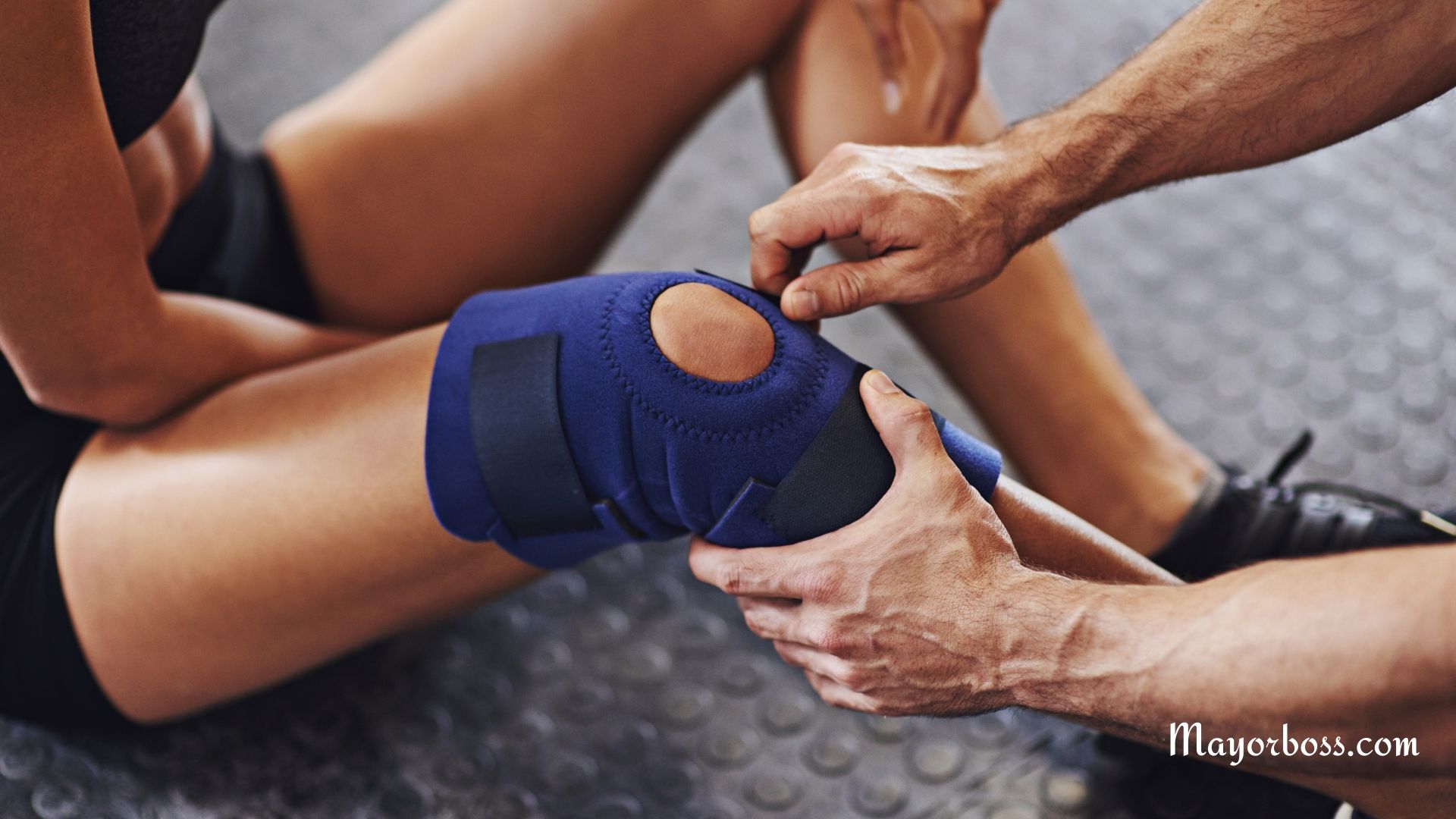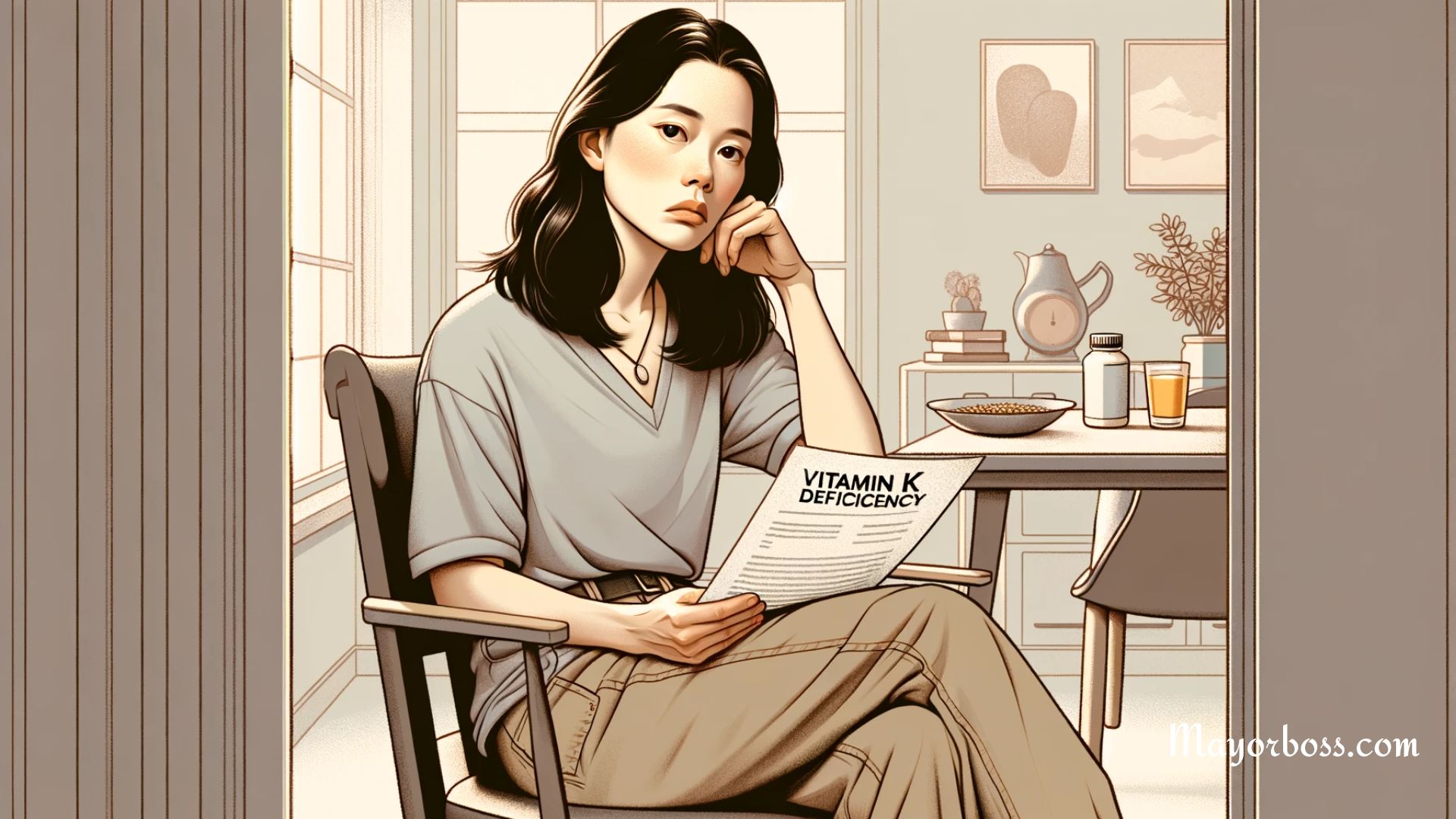Why Do My Nipples Wrinkle Up?
Yes, it’s entirely normal for nipples to wrinkle or become more prominent at times due to various reasons. Your nipples, much like other parts of your body, can change in appearance based on several factors, including temperature, arousal, moisture levels, and changes in your body’s physiology. Let’s explore why this happens and what it means for your health.

Why Do Nipples Wrinkle?
- Temperature Changes: Cold temperatures are a common reason for nipples to become erect and appear wrinkled. This is a natural response of the body to preserve heat.
- Arousal: Sexual arousal can also cause nipples to harden and wrinkle due to the increased blood flow to the area.
- Moisture: After swimming or taking a shower, you might notice your nipples look more wrinkled. This is often due to the skin reacting to moisture.
- Age: With age, changes in skin elasticity and collagen levels can lead to more pronounced wrinkles in the nipple and areola area.
- Hormonal Fluctuations: Hormonal changes, such as those during weight loss or gain, menstruation, pregnancy, breastfeeding, or menopause, can affect the appearance of your nipples, sometimes making them appear more wrinkled or prominent.
- Dehydration: Just like the rest of your skin, dehydration can make your nipples (and the surrounding areola) appear more wrinkled due to the lack of moisture.
Is It a Sign of Health Issues?
In most cases, wrinkling of the nipples is a normal physiological response and not a sign of a health issue. However, it’s important to be aware of other changes that might indicate a need for medical consultation:
- Persistent Changes: If you notice persistent changes in the appearance of your nipples or areolas that do not seem related to the factors mentioned above, it’s wise to consult a healthcare provider.
- Symptoms to Watch For: Look out for symptoms like discharge, severe or persistent pain, sudden inversion of the nipple, or changes in the skin texture (such as dimpling or puckering), as these could be signs of underlying conditions.
When to See a Doctor
- Unexplained Changes: If you experience changes in your nipple appearance that are unexplained or accompanied by other symptoms, make an appointment with your healthcare provider.
- Peace of Mind: If you’re ever in doubt about changes in your body, seeking professional advice can provide reassurance and ensure that any potential health issues are addressed promptly.
Tips for Maintaining Nipple Health
- Hydrate: Ensure you’re drinking enough water to keep your skin, including the skin around your nipples, well-hydrated.
- Moisturize: Applying a gentle moisturizer can help if your nipples are prone to dryness or irritation.
- Wear Proper Fitting Bras: Wearing bras that fit well can prevent unnecessary friction that might cause irritation or changes in appearance.
- Regular Self-Examinations: Familiarize yourself with the normal appearance and feel of your breasts and nipples, making it easier to notice any changes.
In summary, nipple wrinkles are a common and usually normal occurrence. They can result from various benign factors, including environmental conditions and physiological responses. However, staying attuned to your body and consulting with healthcare professionals when in doubt is key to maintaining overall breast health.






